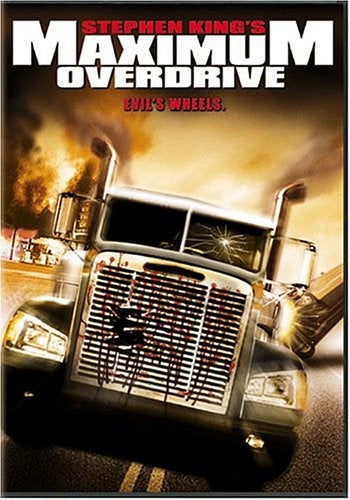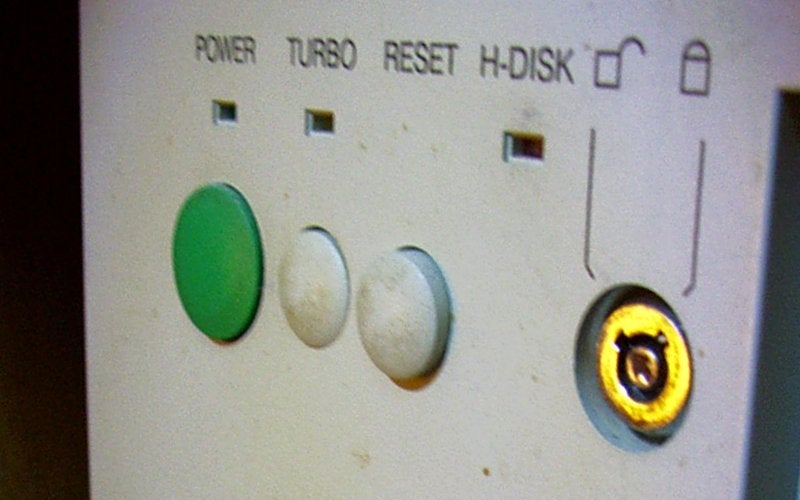 "Vee Ate Injun" (VeeAteInjun)
"Vee Ate Injun" (VeeAteInjun)
03/04/2014 at 12:32 • Filed to: None
 1
1
 7
7
 "Vee Ate Injun" (VeeAteInjun)
"Vee Ate Injun" (VeeAteInjun)
03/04/2014 at 12:32 • Filed to: None |  1 1
|  7 7 |

In movies and pop culture, kicking something into "overdrive" implies increased speed and performance, when in reality it's the exact opposite. Generally speaking, overdrive selects the highest gear in the transmission to bring down the RPMs (thereby restricting engine performance) to achieve better fuel economy.
So they're basically saying, " let's be practical and get better mpg! "
#sorryStephenKing
 Z_Stig
> Vee Ate Injun
Z_Stig
> Vee Ate Injun
03/04/2014 at 12:35 |
|
How many overdrives does a Fast n Furious gearbox have then?

 RamblinRover Luxury-Yacht
> Vee Ate Injun
RamblinRover Luxury-Yacht
> Vee Ate Injun
03/04/2014 at 12:36 |
|
Alternately, with an obscenely low-geared rear end and a low-torquey V8, kicking into overdrive allows dropping the engine down from near redline to a better HP range to squeeze *that extra bit* of speed. The drop in revs is the part Hollywood tradition got backwards, not that it was a way to get ahead on the margins.
 RamblinRover Luxury-Yacht
> Z_Stig
RamblinRover Luxury-Yacht
> Z_Stig
03/04/2014 at 12:37 |
|
ALL OF THEM ARE OVERDRIVE
 spanfucker retire bitch
> Vee Ate Injun
spanfucker retire bitch
> Vee Ate Injun
03/04/2014 at 12:46 |
|
Heh, we have a similar "thing" in the computing industry as well. Or, at least we did at one time.

Guess what pushing that Turbo button does? NOPE! Not even close.
The turbo button usually accomplishes this by either adjusting the CPU clock speed directly, or by turning off the processor's cache, forcing it to rely on the significantly slower main memory for memory accesses. The button was generally present on older systems, and was designed to allow the user to play older games that depended on processor speed for their timing.
 crowmolly
> Vee Ate Injun
crowmolly
> Vee Ate Injun
03/04/2014 at 12:48 |
|
It implies increased output from an engine that's greater than you would get from a direct 1:1 connection with the drive wheels
 Jayhawk Jake
> Vee Ate Injun
Jayhawk Jake
> Vee Ate Injun
03/04/2014 at 14:04 |
|
I just want to say Maximum Overdrive has a very special place in my heart.
As a huge AC/DC fan, the soundtrack is fantastic
 Vee Ate Injun
> Jayhawk Jake
Vee Ate Injun
> Jayhawk Jake
03/05/2014 at 11:09 |
|
but the question is, who made who?